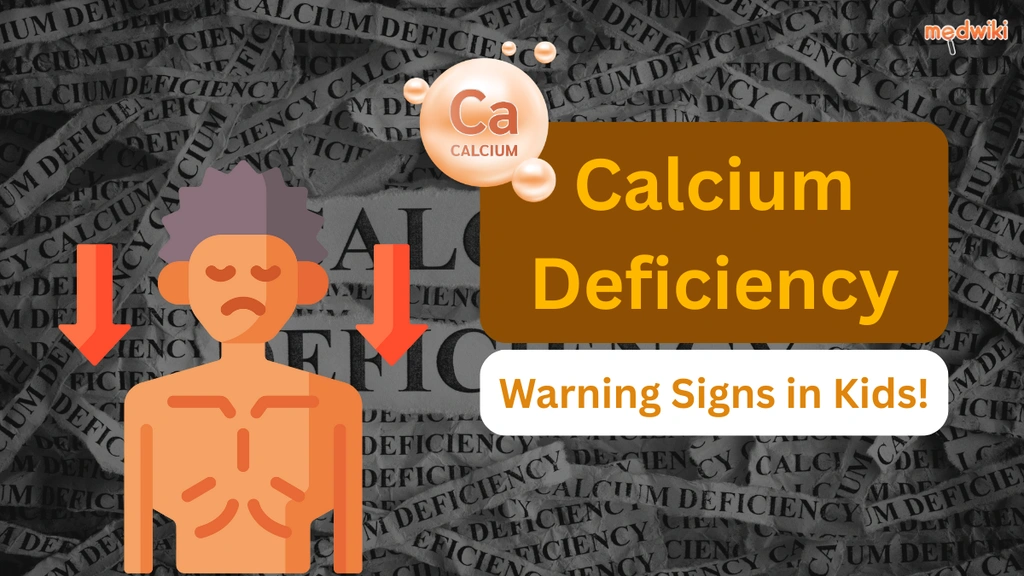asoget
Introduction to Asoget
Asoget is a pharmaceutical product designed to provide effective treatment for bacterial infections. It contains the active ingredient Gatifloxacin, which belongs to the class of antibiotics known as fluoroquinolones. Asoget is primarily used to treat a variety of bacterial infections by inhibiting the growth and reproduction of bacteria. This medication is available in multiple forms, including tablets, injections, and syrups, providing flexibility in administration based on the patient's needs and the severity of the infection. Asoget is widely recognized for its efficacy in combating infections and is prescribed by healthcare professionals worldwide.
Composition of Asoget
The active ingredient in Asoget is Gatifloxacin, present in a concentration of 200mg. Gatifloxacin is a potent fluoroquinolone antibiotic that works by interfering with bacterial DNA replication. It inhibits the bacterial enzymes DNA gyrase and topoisomerase IV, which are essential for DNA replication, transcription, and repair. This action prevents the bacteria from multiplying and spreading, ultimately leading to their elimination from the body. The effectiveness of Gatifloxacin makes Asoget a reliable choice for treating a wide range of bacterial infections.
Uses for Asoget
- Treatment of respiratory tract infections, including pneumonia and bronchitis.
- Management of urinary tract infections (UTIs).
- Effective against skin and soft tissue infections.
- Used for treating certain types of gastrointestinal infections.
- Helpful in combating sinusitis and ear infections.
Side Effects of Asoget
- Nausea and vomiting
- Diarrhea
- Dizziness
- Headache
- Insomnia
- Abdominal pain
- Possible allergic reactions such as rash or itching
Precautions of Asoget
Before taking Asoget, it is important to inform your healthcare provider about any allergies, medical history, or ongoing medications. Patients with a history of tendon disorders, seizures, or heart rhythm disorders should use this medication with caution. Avoid excessive sunlight or UV exposure while on Asoget, as it may increase sensitivity to light. It is crucial to complete the full course of the medication as prescribed, even if symptoms improve, to prevent the development of antibiotic-resistant bacteria. Pregnant or breastfeeding women should consult their doctor before using Asoget.
Specifications of Asoget
Asoget is available in various forms to suit different treatment needs:
- Tablets: Oral tablets containing 200mg of Gatifloxacin, used for convenient at-home treatment.
- Injections: Injectable form for hospital settings or severe infections requiring rapid response.
- Syrup: Liquid form for patients who may have difficulty swallowing tablets, often used for children or elderly patients.
Conclusion
Asoget, with its active ingredient Gatifloxacin, is a versatile and effective antibiotic used to treat a variety of bacterial infections. Available in tablets, injections, and syrup forms, it offers flexibility in administration. While generally well-tolerated, it is important to be aware of potential side effects and precautions. Always follow the guidance of a healthcare professional when using Asoget to ensure safe and effective treatment. By adhering to the prescribed course, patients can effectively combat infections and promote better health outcomes.
Similar Medicines
Available in 2 variations

Asoget 200mg Tablet
Asoget 200mg Tablet
Gatifloxacin (200mg)
strip of 10 tablets

Asoget 400mg Tablet
Asoget 400mg Tablet
Gatifloxacin (400mg)
strip of 10 tablets
Related Posts

1:15
How Can You Naturally Boost Your Child’s Immunity and Keep Them Healthy?

1:15
What Are the Best Foods to Keep Your Kid’s Brain Healthy?

1:15
How Does Vitamin D3 Deficiency Affect Your Body? Shocking Symptoms Revealed!

1:15
Why Is Calcium Important for Kids? Common Deficiency Symptoms You Shouldn’t Ignore!

1:15
How to Increase Your Child’s Weight Naturally? Healthy Diet Tips for Parents!
Disclaimer : This information is not a substitute for medical advice. Consult your healthcare provider before making any changes to your treatment . Do not ignore or delay professional medical advice based on anything you have seen or read on Medwiki.
asoget
Prescription Required
Manufacturer :
Asklepios Remedies Pvt LtdComposition :
gatifloxacin















.svg)
